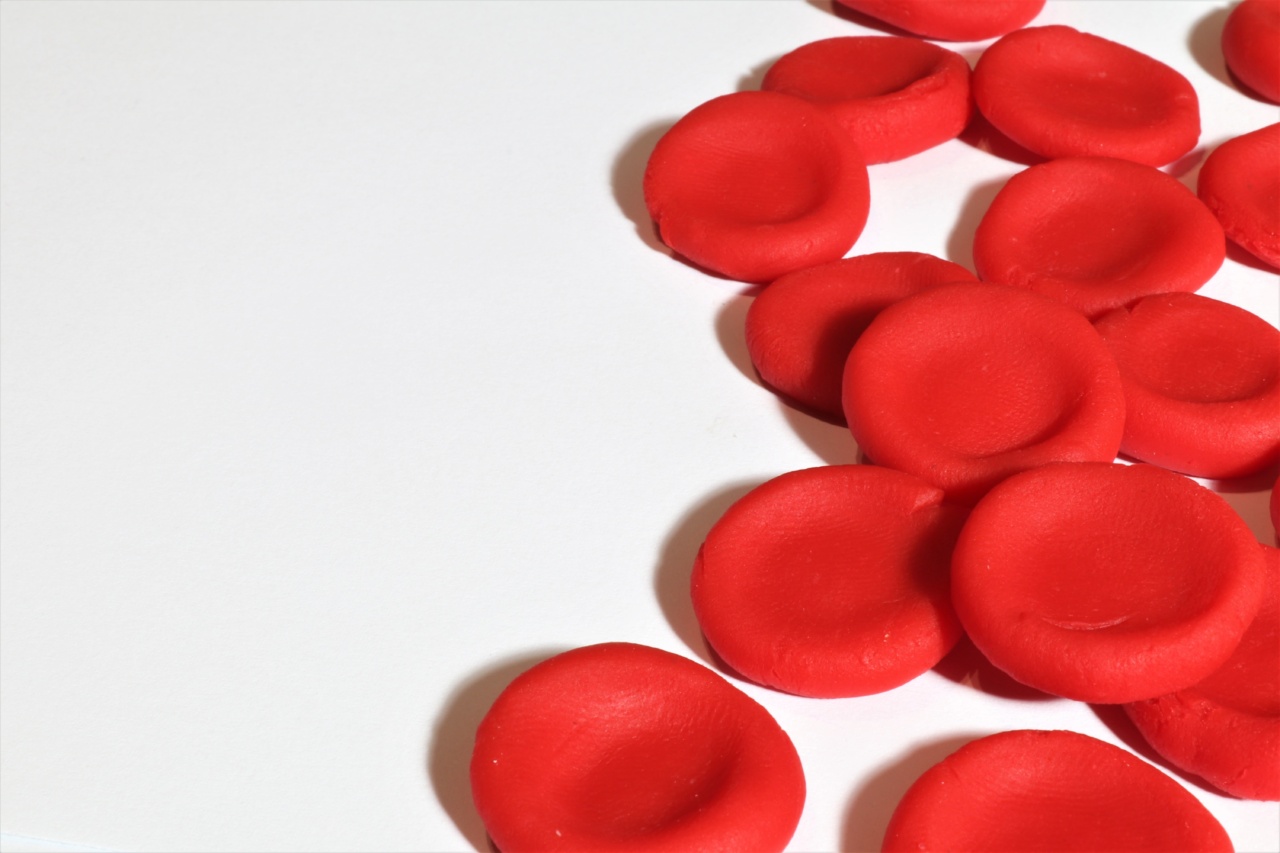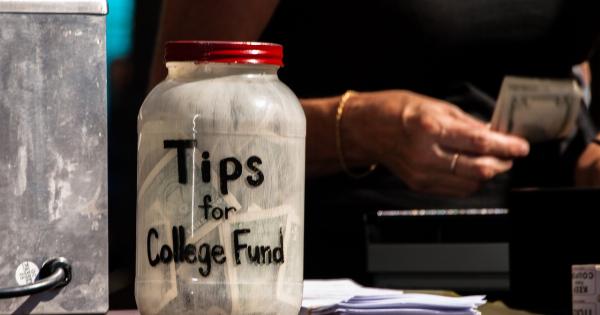Have you ever wondered about the value of your red blood cells? They may be essential to your health and wellbeing, but do they have any monetary value? In this article, we will explore the worth of red blood cells and how they can be used to save lives.
What are red blood cells?
Red blood cells, or erythrocytes, are the most abundant cells in your blood. They are responsible for transporting oxygen from your lungs to the rest of your body and carrying carbon dioxide back to your lungs to be exhaled.
How much do red blood cells cost?
In the United States, the cost of a unit of red blood cells can range from $200 to $500. The final cost will depend on various factors such as the hospital’s location, the patient’s insurance, and the type of blood product required.
Why are red blood cells so expensive?
The cost of red blood cells can be attributed to several factors. One of the main reasons is the cost of collection and processing. Blood banks are responsible for collecting, testing, and processing donated blood.
This process can be time-consuming and expensive, and the costs are ultimately passed on to the consumer.
Another factor contributing to the high cost of red blood cells is the need for strict safety regulations. Blood transfusions carry the risk of transmitting infectious diseases, so blood banks must adhere to strict safety protocols.
This includes extensive testing of donated blood for infectious diseases, which adds to the overall cost.
Can you sell your red blood cells?
No, it is illegal to sell your blood in the United States. This is to prevent the exploitation of individuals who may be in desperate need of money. However, you can donate your blood for free, and it can be used to help save someone’s life.
How is donated blood used?
Donated blood can be used in various medical procedures, including surgeries, trauma care, and cancer treatments. Each unit of donated blood is separated into different components, such as red blood cells, plasma, and platelets.
These components can be used to help different patients with specific medical needs.
How does blood donation work?
When you donate blood, a phlebotomist will insert a needle into your vein and collect a unit of blood. The process usually takes about 10-15 minutes and is relatively painless.
After your blood is collected, it will be sent to a blood bank where it will be tested and processed.
Are there any risks associated with blood donation?
Donating blood is generally considered safe and has minimal risks. However, some individuals may experience side effects such as dizziness, nausea, or fainting.
It is important to disclose any medical conditions or medications you are taking before donating blood to ensure your eligibility.
Conclusion
Red blood cells may not have a monetary value to the individual, but their worth to society cannot be understated. Donating blood can help save someone’s life and is a simple way to give back to the community.
The next time you have the opportunity to donate blood, remember the impact it can have on others.




























